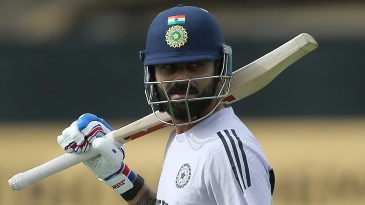
Starting in 2019, the U.S. Mint began issuing four specialty coins per year, one for each state, in celebration of U.S. innovation for the American Innovation $1 Coin program. By 2032, leaders of all 50 states, the District of Columbia and the five U.S. territories will have chosen an innovator or innovation to represent their state or territory. This year, Maine celebrates University of Maine alumnus Bernard Lown as its most notable innovator.
Gov. Janet Mills nominated Lown, an immigrant from Lithuania who moved to Maine in 1935 to escape religious and political persecution and who committed his life to serving humanity through science and technology. Lown’s uncle owned a shoe company in Auburn with factories located about an hour north, where his father would earn a living and his family would find comfort in the area’s Jewish community.
Although he didn’t speak English when he arrived in Maine at the age of 14, Lown went on to graduate from Lewiston High School, the University of Maine, and Johns Hopkins University. Less than two decades into his career as a cardiologist and research scientist, he developed a new method to correct abnormal heart arrhythmias, a leading and sudden cause of death.
Lown’s coin, released on Thursday, May 16, depicts him using a direct current defibrillator, as it would have looked in 1962. His hands are symmetrically positioned on either side of a chest, holding handles that connect to what looks like a technologically advanced filing cabinet.
Electric currents were already being used on hearts that had stopped beating, but the procedure proved mostly unsuccessful. Lown discovered he could shock a beating heart without killing the patient. His method was first refuted by his colleagues, but he remained persistent and learned how to save his patients from a once incurable illness.
His invention of the direct current defibrillator, or cardioverter, wasn’t the only controversial issue he faced as a socially minded physician. During the Cold War, he worked with doctors in the U.S. and throughout the world to prevent nuclear warfare.
Around the same time he discovered the cardioverter, Lown founded Physicians for Social Responsibility. In 1962, the group published a thoroughly researched paper in The New England Journal of Medicine that depicted how people’s lives would change if a nuclear bomb exploded over Boston, where he was teaching and researching at Peter Bent Brigham Hospital and Harvard Medical School.
He continued to advocate against nuclear arms and was later awarded the 1985 Nobel Peace Prize along with Soviet cardiologist Yevgeny (Eugene) Chazov. Together, they founded International Physicians for the Prevention of Nuclear War. By 1985, over 100,000 people spanning 41 countries had joined the group.
Find additional photos and read the full story online.










